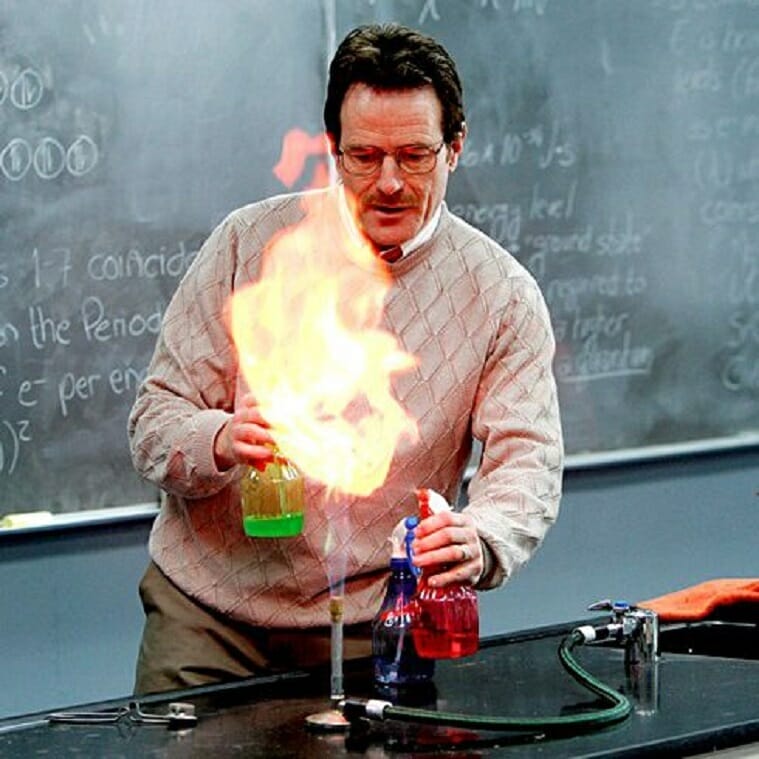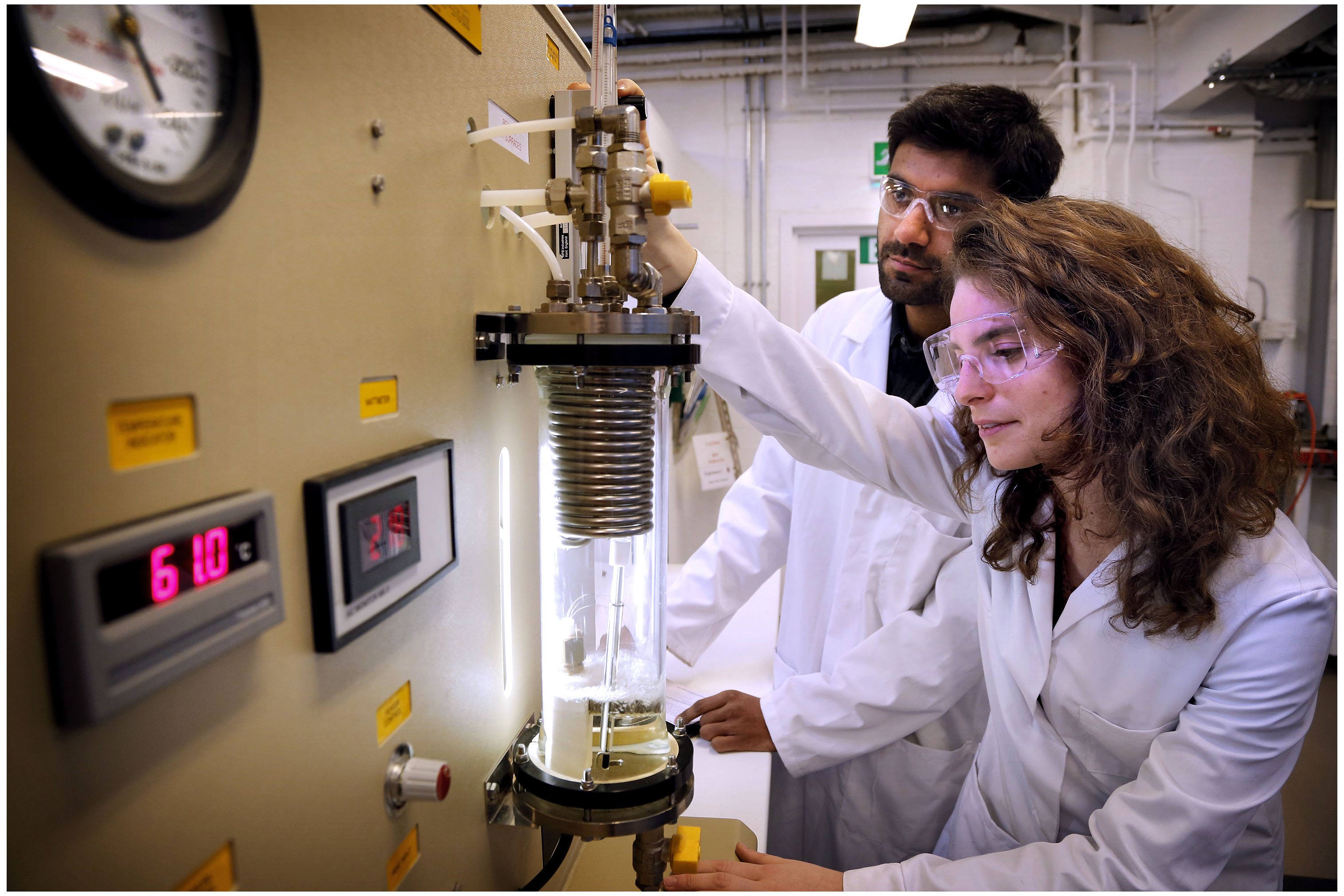4th of July fireworks made possible by chemical engineers!
As America celebrates its day of independence every 4th of July, the skies fill with pyrotechnics during nightfall. It has become tradition and a sign of majestic freedom and commemoration as the land of the free, with millions around the world witnessing the splash of colors in the sky through their television screens. While the rest of the world is enjoying that, engineers should have bothered thinking at one point: how do fireworks work anyway?
A firework is composed of explosives and stars, which are combustible, colorful pellets placed in a casing. Such stars are the ones we see in the sky that glow as dots. Among the common types of firework is aerial shell, which most likely will fire up the sky of every state.

4th of July Fireworks (Source: Giphy)
The shell is filled with black power or gunpowder and is launched from a mortar tube. It could be shaped like a ball or a cylinder. A pouch of that black powder, or lifting charge, is fired at the base of the firework, which will propel the aerial shell out of the tube. After it goes out of the shell, a delay fuse is lit within the firework. When the delay fuse is done giving enough time for the firework to reach a desired height, another black powder pocket, known as a bursting or break charge, will blow up causing the colorful explosion in the sky.
The colors of the fireworks are engineered as well using the science of chemicals. Red fireworks are usually made of strontium or lithium; green fireworks from barium; yellow fireworks from sodium; white from magnesium; orange from calcium and blue fireworks from chlorine compounds and copper. The changing of colors of the fireworks is made possible by layering the coating of the star: outside burns first and inwards.

4th of July Fireworks (Source: Giphy)

4th of July Fireworks (Source: Tumblr)
Titanium serves a special purpose of a sparkling effect, while magnesium perchlorate gives fireworks the loud or crackling noise.
Shaped fireworks, on the other hand, are crafted by placing the star pellets in a particular pattern. The trick is in the positioning, which will follow the sequence of the explosion intended in the pattern.
And that’s only the basic of fireworks engineering. There are other fireworks that are engineered to serve more entertainment and to reminisce important days like the 4th of July.
Engineers will never look at pyrotechnics the same way again.














